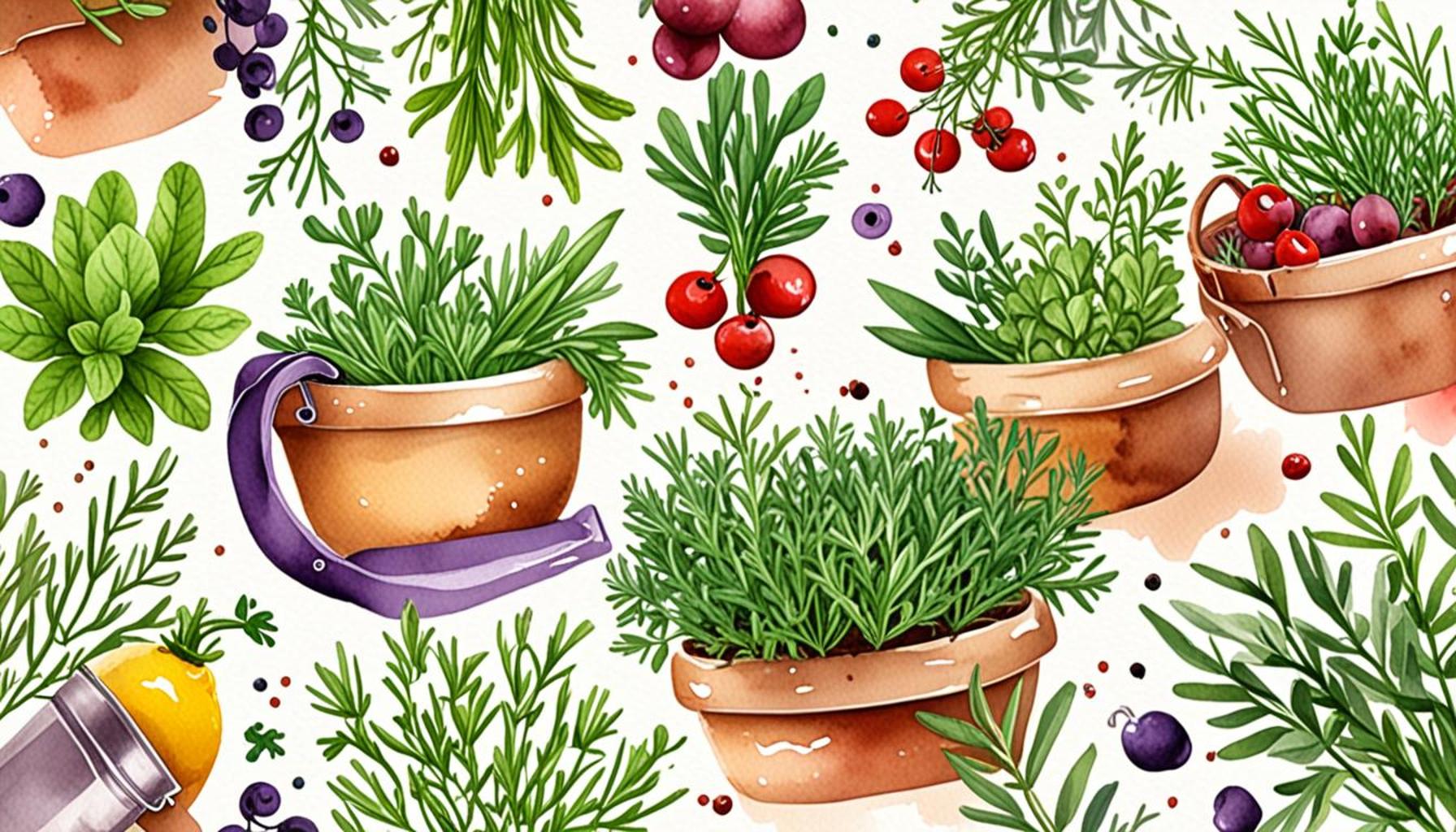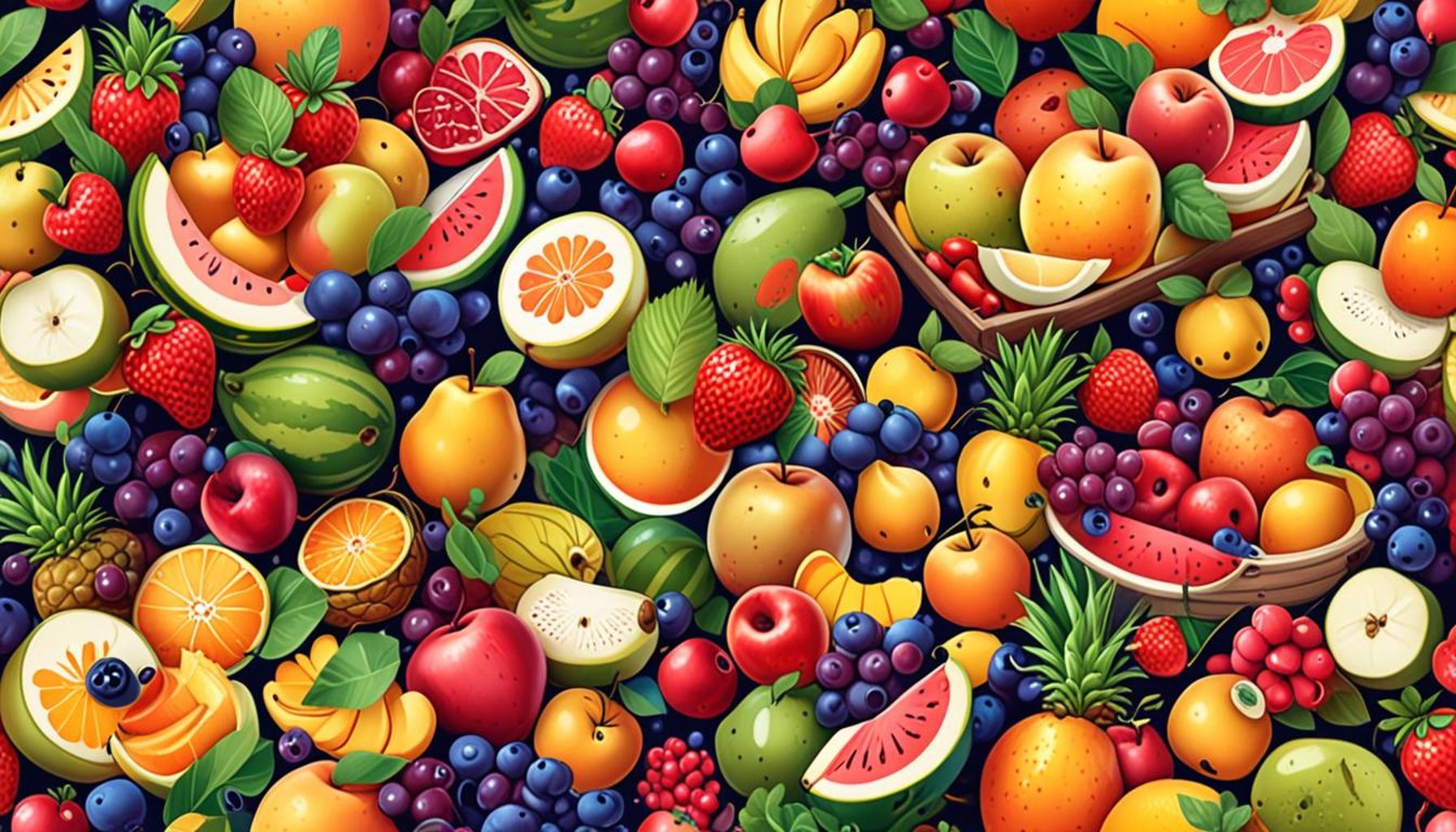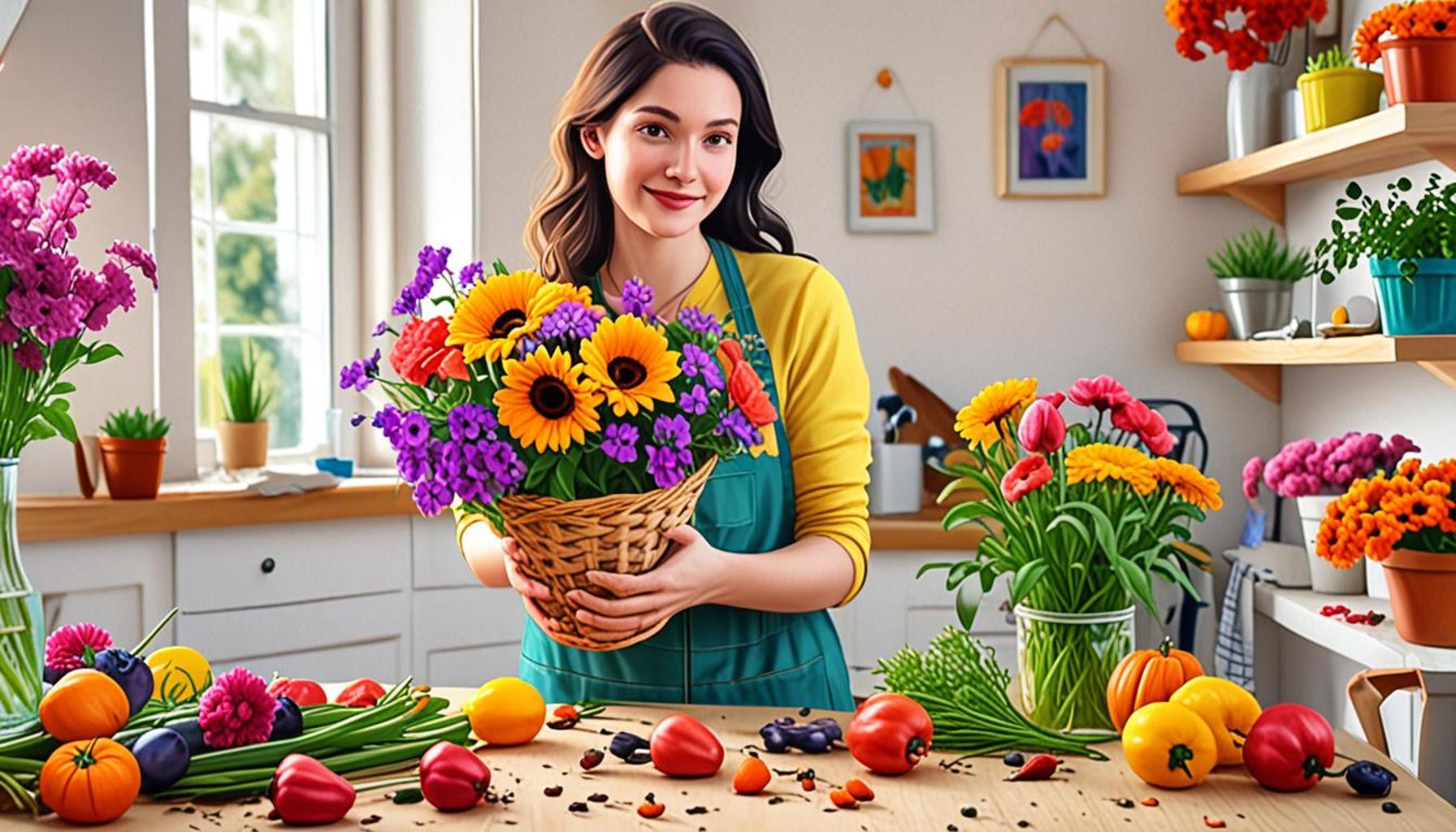Sustainable Harvesting Tips: How to Harvest Without Damaging Your Plants
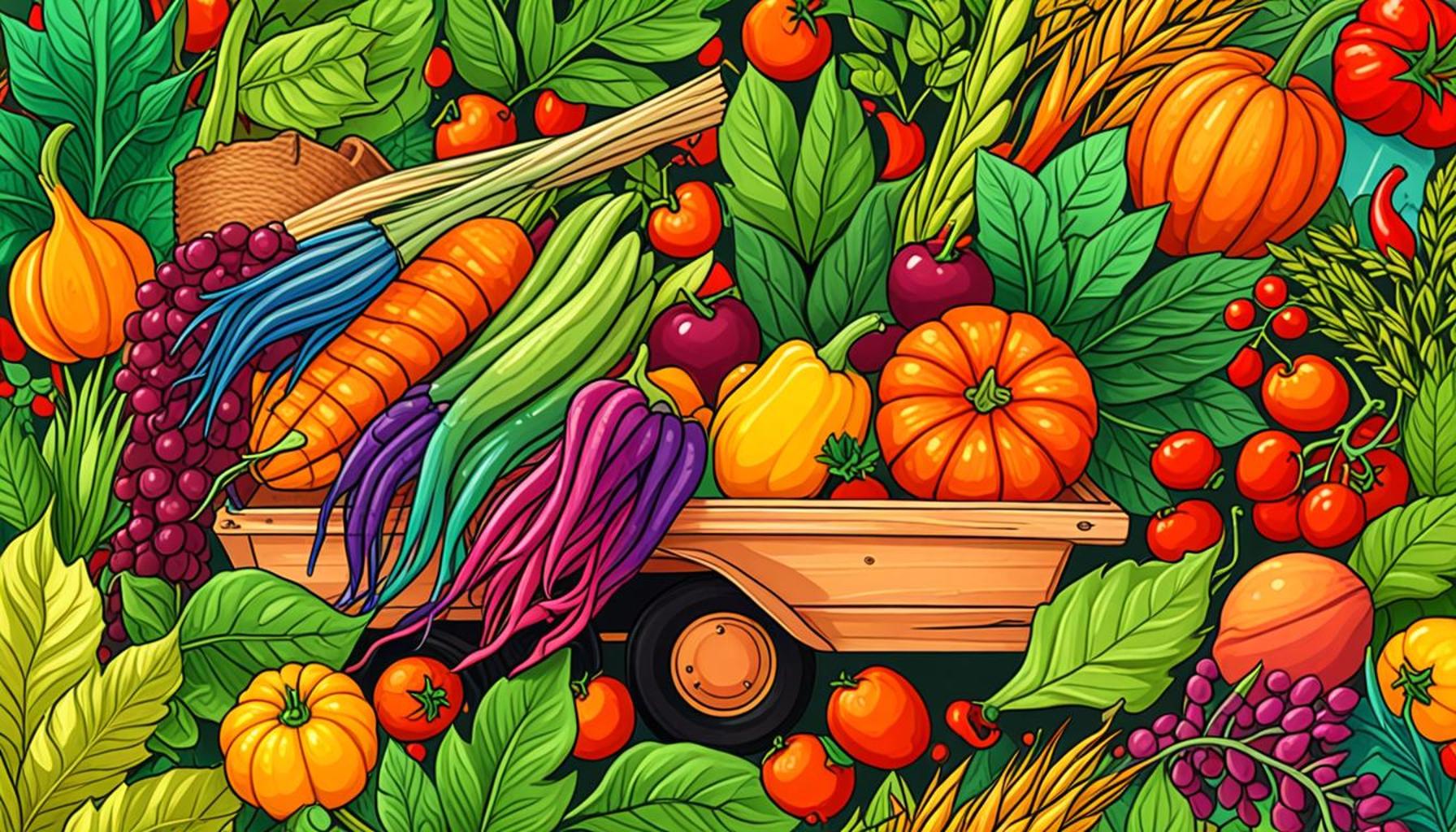
Understanding Sustainable Harvesting
Engaging in the practice of harvesting encompasses more than simply gathering fruits and vegetables; it involves a significant responsibility toward our environment and the ecosystems we inhabit. As we relish the joys of home gardening or partake in the bounty of local harvests, we must prioritize sustainable harvesting practices. These methods not only ensure that our immediate needs are met but also safeguard the health of plants and wildlife for future generations.
The Importance of Timing
To reap the full benefits of your labor, timing is key. Each plant and crop has its peak season and specific maturity stage that influences its flavor, texture, and nutritional content. For example, tomatoes are at their best when they are fully ripe and have developed rich, vibrant colors, whereas greens like spinach lose their sweetness once they begin to bolt. Understanding these nuances requires attention and a willingness to learn, making every harvest an opportunity for personal growth and education.
Selecting Appropriate Tools
Using the right tools can dramatically reduce injury to your plants and improve the quality of your harvest. For instance, sharp garden shears or pruning knives can make clean cuts, which promote quicker healing for the plant. This is particularly crucial for perennial herbs, such as basil and cilantro, where proper pruning can lead to more abundant growth in the following season. Investing in quality tools also minimizes the labor required during harvesting, making the task less of a chore and more enjoyable.
The Dangers of Overharvesting
It’s easy to get carried away when faced with a lush garden or a bountiful wild patch. However, avoiding overharvesting is critical to maintaining plant populations and ensuring continued growth. For example, if you pick every ripe strawberry from a patch, you may not leave enough foliage for the plants to photosynthesize effectively, leading to a decline in future yields. Sustainable harvesting practices advocate for a mindful approach, where taking only what is needed helps maintain the balance and productivity of the ecosystem.
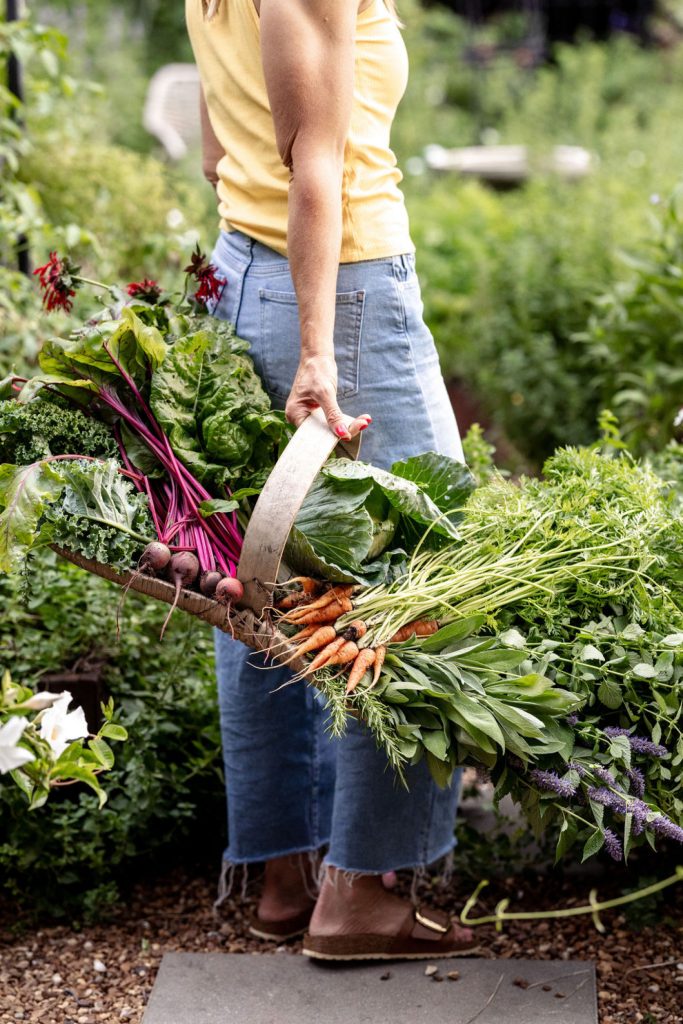
Preserving Biodiversity
Whether you’re foraging in the wild or cultivating a backyard garden, preserving biodiversity is essential. The United States boasts an array of native plant species that play crucial roles in their ecosystems. When foraging, being aware of local flora is vital to ensure that rare or endangered plants are not harmed. Ethical foraging practices encourage individuals to become stewards of their environment, fostering a deeper connection to nature and a greater respect for what it provides.
By incorporating these sustainable harvesting tips, each gardener and forager can contribute positively to their surroundings. These responsible practices not only enhance personal garden health but also cultivate a broader culture of conservation and environmental awareness. Embracing these principles leads to a more profound appreciation for the delicate balance of nature, ultimately allowing us to enjoy the fruits of our labor today while safeguarding resources for tomorrow.
DISCOVER MORE: Click here for expert watering tips
Harvesting Techniques That Make a Difference
When it comes to sustainable harvesting, the methods employed can significantly influence the long-term health of your plants and the surrounding ecosystem. Implementing effective harvesting techniques not only enhances your yield but also promotes sustainability, ensuring that your garden continues to thrive year after year. Here are several key techniques to consider:
Gentle Handling
One of the most important yet often overlooked aspects of sustainable harvesting is the way plants are handled during the process. Employing gentle handling is crucial in preventing damage to branches and stems. This can be especially relevant for crops like cucumbers and peas, which can easily snap if pulled too forcefully. To avoid this, follow these tips:
- Use both hands when harvesting to support the plant.
- Avoid yanking; instead, twist or cut fruits and vegetables from the vine while minimizing stress on the plant.
- Be aware of surrounding plants; inadvertent nudges can have negative ripple effects within a garden.
Strategic Selection
Strategic selection refers to the practice of choosing which parts of the plant to harvest while leaving enough behind to ensure healthy regrowth. For instance, when harvesting kale, it is best to take only the outer leaves, allowing the inner leaves to continue growing. This method not only extends the harvest period but also maintains the plant’s vitality. Here are some strategies to enhance selection:
- Prioritize mature, healthy leaves while leaving younger ones intact.
- Use a staggered approach for crops like beans or peas; this ensures that you have a continual yield throughout the growing season.
- Harvest in the early morning or late afternoon to minimize the stress on plants, capturing peak flavor and nutrition.
Soil Health Awareness
Caring for your plants extends beyond the immediate act of harvesting; it’s also about maintaining soil health. Healthy soil supports robust plant life and ensures that your harvests remain plentiful and of high quality. When pulling vegetables like carrots or beets, be mindful not to disturb or compact the surrounding soil, as this can hinder the growth of neighboring plants. Practices to enhance soil health include:
- Utilizing compost and organic matter to enrich the soil before harvest.
- Avoiding the use of chemical fertilizers that can degrade soil quality over time.
- Employing crop rotation to prevent nutrient depletion and pest buildup.
By refining your harvesting techniques and being mindful of your practices, you can engage in sustainable harvesting that benefits both your crops and the greater environment. Each thoughtful decision amplifies the harmony between your gardening efforts and the intricate web of life surrounding you.
| Category | Advantages |
|---|---|
| Minimal Disturbance | Allows plants to thrive over longer periods, ensuring a sustainable source of food. |
| Higher Yield Quality | Boosts plant health, resulting in more nutritious and flavorful produce for consumption. |
| Biodiversity Promoting | Encourages ecological balance, fostering the growth of various species useful for pest control and pollination. |
Understanding how to implement effective and sustainable harvesting strategies not only impacts the immediate yield but also preserves your garden’s ecosystem. Adopting practices that promote minimal disturbance will lead to a healthier environment, allowing your plants to flourish year after year. When you focus on higher yield quality, you benefit from increased nutrition and taste, enhancing your overall gardening experience. Finally, the key to a thriving garden lies in fostering biodiversity, which is vital for long-term sustainability and resilience in the face of changing climates. This holistic approach to harvesting benefits not just the plants themselves but also the wider ecosystem that supports them. Embrace these sustainable harvesting tips to harvest wisely and ensure the longevity of your plants and the health of the environment.
LEARN MORE: Click here to discover how to simplify your plant care
The Importance of Timing and Tools
Timing and the right tools play a pivotal role in the realm of sustainable harvesting. Both elements not only affect the quality of your yield but can also significantly impact the health of your plants. Here’s an exploration of why these factors are essential and how to optimize them for better harvesting practices.
Optimal Timing
Harvesting at the right moment can greatly enhance the flavor and nutritional value of your produce. Different crops have specific windows where they reach peak ripeness, and being attuned to these can mean the difference between a good harvest and a wasted one. Here are some pointers on timing:
- Daily Check-ins: Regularly inspect your garden to identify which plants are ready for harvest. Certain crops, like tomatoes and zucchini, can quickly pass their prime if not observed closely.
- Weather Considerations: Harvest ahead of heavy rains or frosts that can damage plants and reduce quality. A sunny morning is typically a good time to pick fruits, as this is when they are less likely to harbor excess water that can lead to spoilage.
- Maturity Indicators: Pay attention to specific maturity indicators for each plant—color, size, and firm texture are key visual cues for many crops. Varieties like bell peppers should be harvested when they are firm and shiny, indicating optimal flavor.
Choosing the Right Tools
Using appropriate tools for harvesting can greatly reduce damage to both plants and produce. Here’s how to select the right equipment:
- Invest in Sharp Tools: Use sharp and clean knives or pruners, as they make clean cuts that minimize injury to the plant tissue. A dull blade can crush stems and create entry points for pathogens.
- Ergonomic Designs: Tools that are easy to handle can reduce strain on the body and improve efficiency. Consider harvesting baskets or bags designed to distribute weight evenly, minimizing the risk of unintentional bumps to nearby plants.
- Specialized Equipment: For larger or more delicate items, like fruit trees or berry bushes, reach for specialized harvesters or picking poles that are designed for the specific job. These tools can help reduce the strain on arms and minimize the chance of branch breakage.
Integrating Companion Planting
An often overlooked yet vital aspect of sustainable harvesting involves integrating companion planting into your garden. This practice involves strategically pairing plants to enhance growth, deter pests, and maximize yield, which in turn supports sustainable harvesting. Consider the following benefits:
- Pest Management: Companion plants can naturally repel harmful insects, reducing the need for pesticides that can damage your soil and plants. For example, planting marigolds alongside vegetables can deter nematodes.
- Root Synergy: Plants like carrots and onions benefit from each other’s presence. Carrots perform well when planted near onions, as the onions help mask the smell of carrots, reducing the chance of pests targeting them.
- Efficient Space Utilization: Interplanting allows you to use garden space more effectively, leading to more robust yields, which means a more significant amount to harvest without harming individual plants.
By leveraging the advantages of timing, tools, and companion planting, gardeners can embrace sustainable harvesting practices that nurture both their plants and the ecosystem. Careful attention to these details sets a foundation for maintaining a vibrant and productive garden.
DISCOVER MORE: Click here for the essential steps
Conclusion: Cultivating a Sustainable Future
In conclusion, sustainable harvesting is not just a practice; it embodies a holistic approach to gardening that nurtures both yield and the ecosystem. By understanding the intricate balance of optimal timing, the right tools, and strategies such as companion planting, gardeners can minimize damage to their plants while maximizing the health and flavor of their harvest.
It’s paramount to recognize that each plant has its unique needs and signals for maturity. By adopting consistent observation habits and being responsive to weather changes, you can ensure that your crops reach their peak potential without compromising their integrity. Investing in the proper tools, from sharp pruners to ergonomic baskets, will not only enhance your efficiency but also foster the well-being of your plants, showcasing the connection between thoughtful technique and harvest quality.
Moreover, integrating companion planting into your garden is a powerful way to cultivate a supportive environment for your crops while promoting biodiversity. By pairing plants that benefit one another, you reduce the need for chemical interventions, leading to a healthier ecosystem. This synergy combines to create a thriving garden that ultimately leads to better yields and more bountiful harvests.
As the importance of sustainability grows, embracing these practices paves the way for a more resilient agricultural landscape. We encourage you to explore these sustainable harvesting tips further and foster a connection with your garden that respects both nature and nourishment. A commitment to these principles not only benefits your plants but also contributes to a sustainable future for generations to come.
